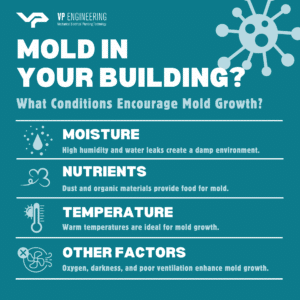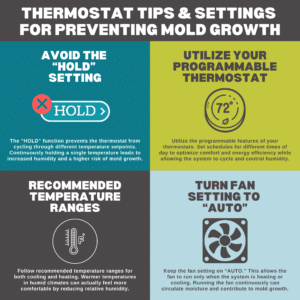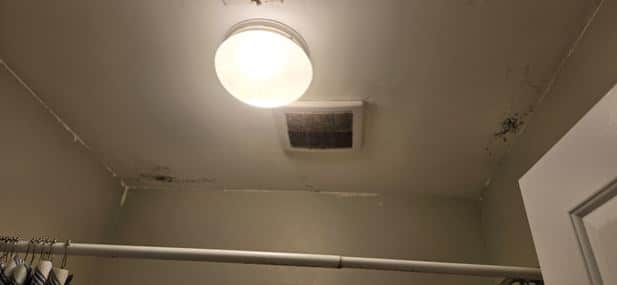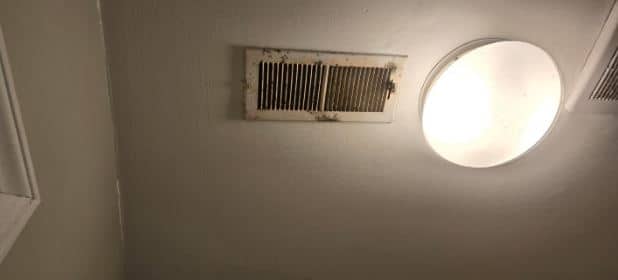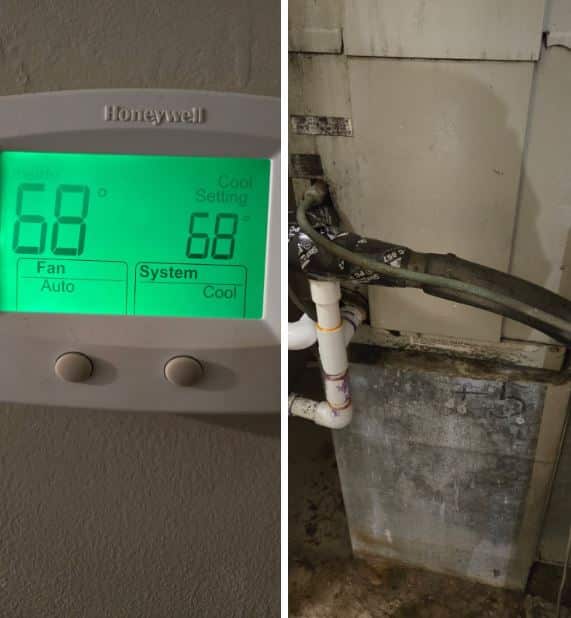Mold and mildew are persistent challenges in multifamily residential buildings, impacting occupant health, property values, and operational costs. The following outlines key considerations for architects, developers, owners, operators, and managers, focusing on the critical role of HVAC systems in mitigating mold and mildew growth. From design and construction to ongoing maintenance and tenant education, a comprehensive approach is essential.
1. Mold and Mildew Fundamentals: An Overview
Mold and mildew are fungi that thrive in environments with moisture, nutrients, and suitable temperatures. While some molds are naturally occurring and play a role in decomposition, indoor mold growth is undesirable. It’s essential to understand the conditions that promote mold growth to effectively prevent it.
Conditions that Promote Mold Growth:
- Moisture: High humidity (above 60%), water leaks (roofs, plumbing), condensation, and inadequate drying after water events are primary causes.
- Nutrients: Dust, dirt, organic materials (wood, paper, drywall, fabric) provide a food source.
- Temperature: Warm temperatures (60-80°F) are conducive to mold growth. Ironically, this is the same temperatures ideal for indoor comfort.
- Other Factors: Oxygen, darkness, and poor ventilation contribute to the problem.
Potential Health Risks
Mold and mildew can trigger allergies, respiratory issues, and other health problems. While this document focuses on prevention, it’s important to acknowledge the potential health impacts on residents.
2. Prevention Strategies: A Multifaceted Approach
Design and Construction (Architects and Developers):
- Moisture Control: Design buildings to minimize water intrusion. This includes proper roof design, flashing details, window and door sealing, and foundation drainage.
- Material Selection: Choose moisture-resistant materials where appropriate, especially in bathrooms, kitchens, and other wet areas.
- HVAC System Design (See Section 3): Collaborate closely with the HVAC engineer to ensure the mechanical system is designed for effective moisture mitigation.
Building Operations and Management (Owners, Operators, and Managers):
- Proactive Maintenance: Implement a regular maintenance schedule for HVAC systems, plumbing, and building components. This includes filter changes, coil cleaning, and leak inspections.
- Prompt Repairs: Address leaks and water damage immediately. Document all repairs and remediation efforts.
- Tenant Education: Provide tenants with clear guidelines on proper ventilation practices (using exhaust fans, not blocking vents) and reporting leaks.
- Regular Inspections: Conduct periodic inspections of units and common areas for signs of water damage or mold growth.
3. HVAC System Design and Operation: The Engineer’s Role
The HVAC system plays a critical role in controlling moisture and preventing mold. As the HVAC engineer, I focus on the following:
- Equipment Sizing: Accurate load calculations (sensible and latent) are essential. Standard DX HVAC equipment used in multifamily buildings are manufactured in half-ton increments and have limited latent capacity. Careful consideration when sizing equipment is required to maintain acceptable temperature and humidity levels. Modulating airflow and calculating total static pressure can help fine-tune the sensible heat ratio and get the equipment capacity to more closely match the load calculations.
- Managing Infiltration: Mechanical ventilation systems should be designed to introduce outside air strategically, mixing it with return air before the air handler. Backdraft dampers and motorized balancing dampers are necessary to prevent uncontrolled infiltration. Proper ventilation can help with moisture control.
- Bath Fan Integration: Interlocking bath fans with bathroom lights (or using timers) is highly recommended. This simple measure ensures adequate ventilation during and after showers, significantly reducing moisture buildup.
- Ductwork Design and Installation: Ductwork must be properly sealed to prevent air leakage and sloped to avoid condensation. Ensure dryer and bathroom exhaust ducts are sealed at exterior penetrations and sloped away from the interior.
- Humidity Control: Consider supplemental dehumidification strategies in high-humidity climates. This could include whole-building centralized units with humidity control or selecting high latent capacity units for individual apartments. Both alternates come at a higher cost than standard equipment and the difference should be weighed against their benefits.
4. Tenant Education and Responsibilities: A Collaborative Approach
While the HVAC system is crucial, tenant behavior also plays a significant role. Clear communication is key.
Thermostat Use
Educate tenants on proper thermostat operation.
Emphasize the following:
- Avoid “HOLD”: The “HOLD” function prevents the thermostat from cycling through different temperature setpoints, which is essential for proper equipment function and dehumidification. Continuously holding a single temperature can lead to increased humidity and a higher risk of mold growth.
- Example #1: If the system is set to 78F or higher in mild months, this decreases the time the HVAC system will operate and dehumidify.
- Example #2: If the system is set to 60 – 68F in warmer months, the unit will maintain a relative humidity level higher than 60%, which is ideal for mold growth.
- Programmable Thermostat: Encourage tenants to utilize the programmable features of their thermostats. Explain how to set schedules for different times of day (morning, away, evening, sleep) to optimize comfort and energy efficiency while allowing the system to cycle and control humidity.
- Temperature Ranges: Provide recommended temperature ranges for both cooling (72-75°F, adjusting higher in humid climates) and heating (68-70°F). Explain the relationship between temperature and humidity, and how warmer temperatures in humid climates can actually feel more comfortable by reducing relative humidity.
- Fan Setting: Advise tenants to keep the fan setting on “AUTO.” This allows the fan to run only when the system is heating or cooling, which is the most energy-efficient and effective way to control humidity. Running the fan continuously can circulate moisture and potentially contribute to mold growth.
- Ventilation Practices: Instruct tenants on the proper use of bathroom exhaust fans and the importance of not blocking transfer air, supply air and return air grilles.
5. Case Study: The Clogged Exhaust Fan – A Preventable Problem
In this example, the 2-bed 2-bath apartment unit had been occupied by several tenants for over a decade with no manifestation of mold and mildew, until now. Mold and mildew appeared on the bathroom ceiling of an apartment after a decade of no issues. The problem was traced to two factors:
- The first was a bathroom exhaust fan that was completely clogged with dust. This prevented the fan from effectively removing humid air after showers and baths, leading to moisture buildup and mold growth. The case underscores the importance of regular cleaning of exhaust fans by tenants and periodic inspection by building management. It also highlights how a seemingly minor maintenance issue can have significant consequences for indoor air quality and building health.
- The second issue involved thermostat settings. The tenant consistently maintained their apartment unit at temperatures below 68°F. Previous visits revealed even lower temperature setpoints. Reducing the dry-bulb temperature from the recommended 72°F to 68°F increases the relative humidity by approximately 10%. Given that the relative humidity measured in the space was 63%, the same space at 72°F would have a relative humidity of 55%, the lower temperature creates an environment conducive to mold growth.
6. Conclusion: A Proactive Partnership
Preventing mold and mildew in multifamily apartments requires a collaborative approach. By focusing on sound design and construction practices, implementing robust maintenance programs, and educating tenants, we can create healthier living environments, protect property investments, and minimize costly remediation efforts. As the HVAC engineer, I am committed to working with architects, developers, owners, and managers to achieve these goals.
About VP Engineering
VP Engineering is a premier Charlotte-based MEP design firm with a proven track record in senior living, multi-family, hospitality, and retail/commercial markets. Our extensive experience and commitment to excellence ensure every project is executed with the highest standards of quality and innovation. Learn more about our services and how we can support your project at vpce.com.


